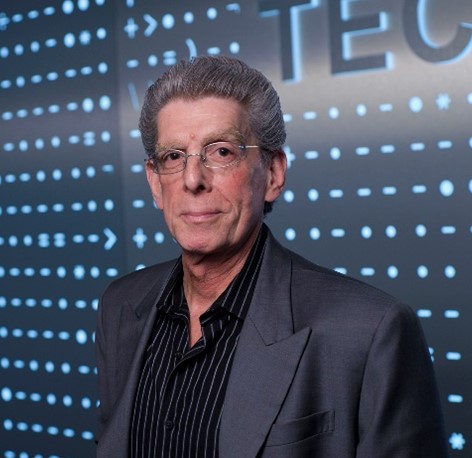LifeNet Health LifeSciences is committed to partnering with scientists who respect the dignity of our donors. Here Alan J. Grodzinsky, ScD, shares his perspective on how much it means to work with human tissue – and the value it can bring to a project. Dr. Grodzinsky is a professor of biological, electrical, and mechanical engineering at the Massachusetts Institute of Technology. His research areas include osteoarthritis, biomechanics, biophysics, drug delivery, macromolecular biochemistry, tissue engineering, and transport phenomena.
 What does it mean to you to be able to access human tissues for your research?
What does it mean to you to be able to access human tissues for your research?
The main research area that we’ve been involved with in the past five years is to create a benchtop in vitro model for osteoarthritis – in particular, something called post-traumatic osteoarthritis, which occurs in young people predominantly. These would be folks who are avid sports enthusiasts who have a knee injury, an ACL tear. It’s very common in young women in high school and college, as well as men. The National Institutes of Health has been promoting a program the past five to 10 years to develop better ways of understanding drug delivery. Unfortunately, what might work in a rat or a rabbit or a pig doesn’t always work in a human, and clinical trials are incredibly expensive. The use of in vitro models – microphysiological systems where you can create a benchtop model of the disease you are trying to work on – is becoming extremely important. To do that for osteoarthritis, you really need human tissues.
Can you tell us a little bit about your current or most rewarding project?
Being able to work in the field of human health is incredibly fulfilling. I happen to work in the environment of a university, and that involves training undergrads, graduate students and postdoctoral students. I try to instill in them the joy and the importance of working in a health-related field. The more young students we can encourage and turn on to work in this area, the better off we’ll all be.
As we move into the future, how do you see the importance of access to human biospecimens for research changing?
People have worked for many decades with animal tissues, both with live animals to try to simulate orthopedic problems, as well as tissues from animals. It’s recognized more and more that things you might try in animals won’t work in humans. We’re 10 steps ahead in solving some of these types of problems by working with human tissues. You could spend 20 years going down the wrong pathway by looking at mice. Those little creatures don’t load their knee joints the way we do. You could spend a career studying osteoarthritis in dogs and rabbits and whatnot and find it doesn’t apply to humans. It’s incredibly important to get involved in human tissue research. If you’re lucky you can even plan experiments that involve human tissues right from the start.
We are currently preparing papers on all the work involved in these human tissues, both on the ground and up in the International Space Station. Astronauts are required to do about two hours a day of exercises using a machine that simulates just about every possible exercise you could do in a gym in order to maintain musculoskeletal viability. Part of our job is to see if we could send these tissues up to space to see if they are better off, worse off – and what are the kind of things that are happening. One of the things we see in space is that some of our human tissues seem to be more inflamed. We were able to do ground control studies with the same two donors who were up in the space station, so we could compare them directly. It sets the stage for thinking about how one could continue using human tissues as we go forward.
On another front, we received a grant based on this work to test drugs. There’s more interest in using human tissues to do that. The system we have enables looking at donor variability. If you were to look at 100 humans, some of them who are undergoing osteoarthritis might progress more rapidly or slowly than others. Some respond to drugs, and others don’t. It’s incredibly important for a drug company to know what they’re up against. When you use rabbits, there might be some differences, but rabbits are not humans.
If you could say anything to the donors who contributed to your research or their families, what would it be?
I would thank donors for being willing to help out to try to solve this important problem. The estimates now are that 650 million people worldwide suffer from osteoarthritis – 65 million or so in the U.S. alone. Donors are providing an incredible service in being able to help with these diseases. Even though osteoarthritis is not life-threating, it leads to loss of quality of life. If you have an injury at an early age, you can end up living the last 30 years of your life in pain.
Some of the studies in the field of orthopedics use tissues obtained from donors after a total joint replacement, which occurs in patients with end-stage osteoarthritis. Those tissues are not at all like the tissues in a 20-year-old male or female. What we have been trying to do in collaboration with LifeNet Health is to obtain tissues from donors over a wide range of age, including young people, since that's more closely matched to the topic of post-traumatic osteoarthritis. That’s been extremely important to set up our systems and carry out experiments. So again, the donors who provide us with tissues are performing a remarkable service worldwide.
